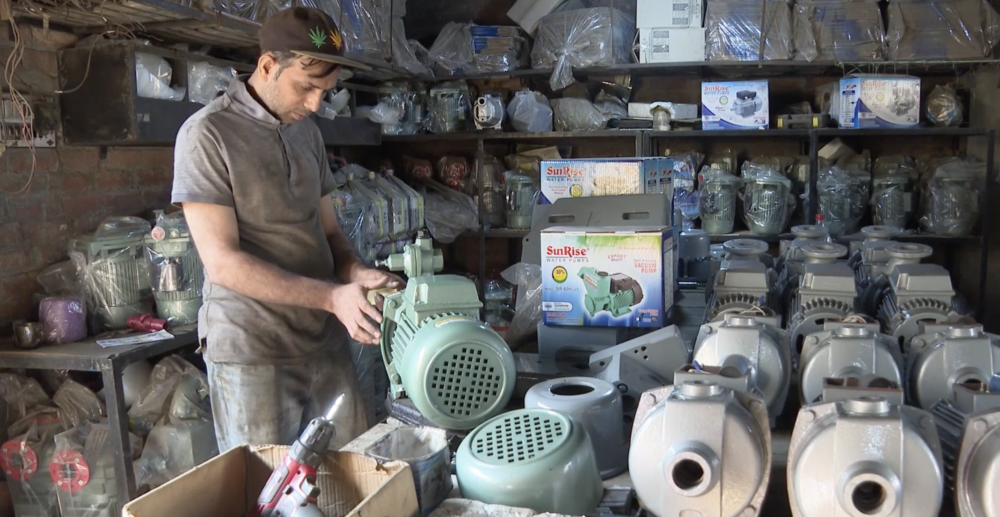CLASP Co-Authors Book on EEDAL Proceedings
From the proceedings of EEDAL ‘19, renowned publisher Springer compiled Energy Efficiency in Domestic Appliances and Lighting (EEDAL) in May, 2022. Three chapters of the publication have been co-authored by CLASP’s PK Mukherjee, Neha Dhingra and Kishore Kumar.
A Residential End Use Energy Consumption and Appliance Ownership Patterns in India
In this chapter, CLASP comes together with Environmental Design Solutions to delve into ‘first of its kind’ study comprising of a pan- India survey of appliance energy use across 5,000 urban households and a real time monitoring through Non-intrusive Load Monitoring (NILM) of 200 households in 13 cities, spanning different climate zones, socio-economic strata and demographics across the country. The data showed that appliance ownership and usage is on a significant rise. As household sizes are shrinking, per capita energy use is increasing. The results also indicate variations in energy consumption across climatic zones, demographic parameters and socio-economic strata for major appliances. These findings could potentially influence the formulation of customized energy policy interventions to reduce energy consumption. The data and the key findings are expected to be beneficial to academicians, think tanks, policymakers, utilities and consumers for research, modeling, planning and future projections.
Impact of Environmental Factors on Energy Efficiency of Room Air Conditioners in India
Room Air Conditioners (RAC) ownership in India is expected to rise to 40% in 2037-38 owing to increase in incomes, urbanization and increasing cooling degree-days. This is predicated to cause a significant increase in power and peak load demand, environmental impacts, and greenhouse gas (GHG) emissions. There is little information or data available in the public domain regarding the potential impacts due to such environmental conditions. A study of the impact of environmental conditions such as salinity, dust, and humidity on energy efficiency of an RAC were measured under simulated environmental conditions. This paper presents the methodology along with key findings and forward-looking research in assessing the impact of external environmental conditions on the efficiency of RAC.
Policy Measures and Impact on the Market for the Room Air Conditioners in India
India’s Bureau of Energy Efficiency (BEE) launched the labeling program for fixed-speed RACs in 2006 with have revised the program periodically. The most recent development covers both fixed and inverter units under a common rating plan based on an Indian seasonal energy efficiency metric. Over the years, the RAC policy and subsequent revisions has resulted in 35% efficiency improvement from the launch of the labeling program and significant market transformation towards higher efficiencies comparable to the best in class globally. Key findings have indicated that over the last decade, the annual sales of RACs in India have grown exponentially and with the improvements in efficiency have resulted in 38 million metric tons of carbon emissions reduction as per the 2016–2017 estimates.
In this chapter, CLASP collaborates with BEE to analyze and discuss the trends in market growth, technology evolution and market transformation as a result of BEE’s labeling program and further explores possible efficiency improvements by 2030 and associated climate impacts.
“Energy Efficiency in Domestic Appliances and Lighting” is available here. For inquiries, please contact Neha Dhingra ndhingra@clasp.ngo or Kishore Kumar kkumar@clasp.ngo.









